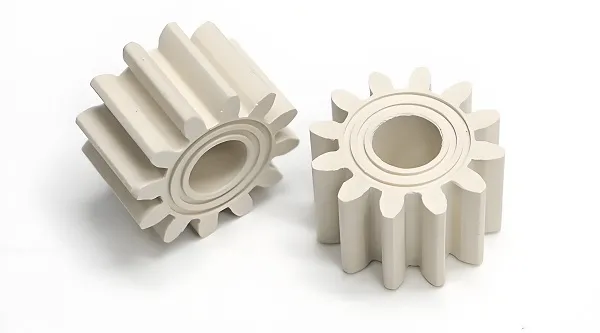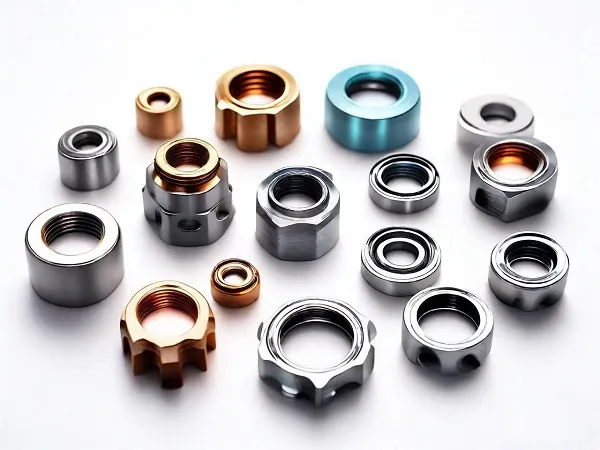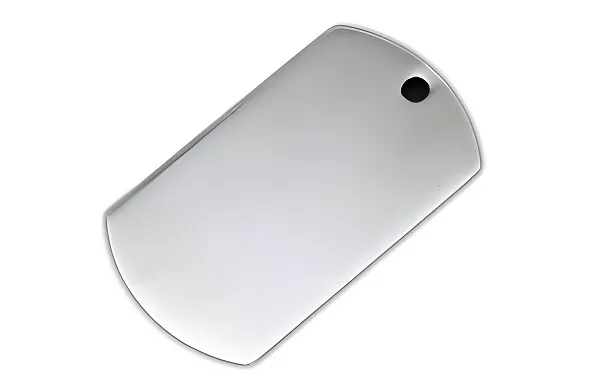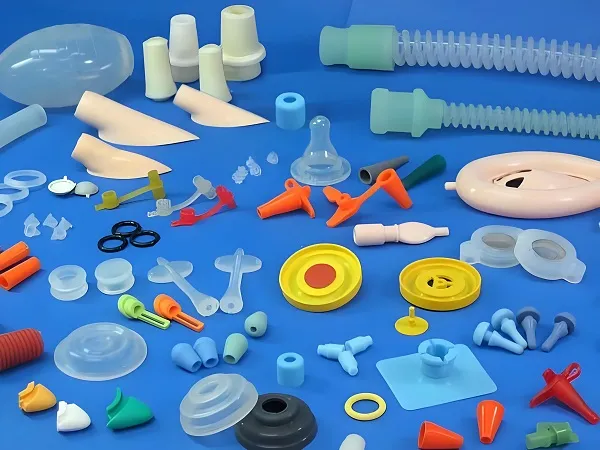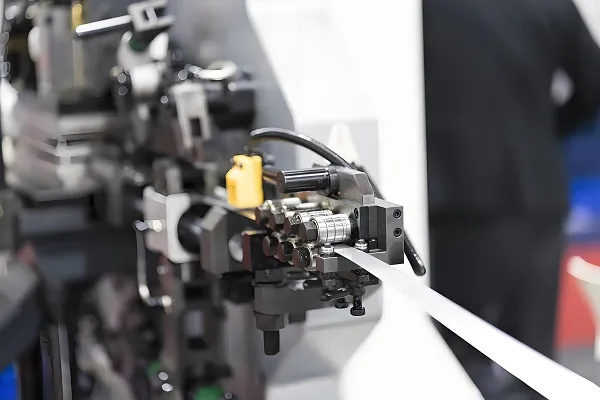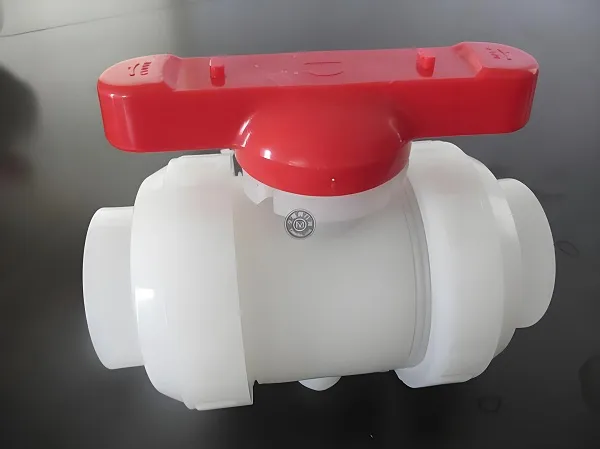1. Technical Introduction
Plastic injection molding with overmolding services is a sophisticated manufacturing process that combines multiple plastic materials to create complex and high – performance parts. Overmolding involves molding one plastic material over another, which can enhance the functionality, aesthetics, and durability of the final product. This process has gained significant popularity in various industries, such as automotive, electronics, and medical devices, due to its ability to produce parts with unique features and improved performance.
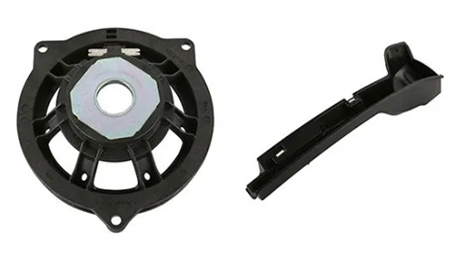
2. Comparison of Various Plastic Materials
| Plastic Material | Physical Properties | Function Indicators | Applicable Scenarios | Economy | Mass – Production Feasibility | Engineer’s Selection Advice |
|---|---|---|---|---|---|---|
| Polypropylene (PP) | Lightweight, good chemical resistance, low friction coefficient | Moderate strength, good flexibility | Packaging, automotive interior parts, household appliances | Low cost | High | Suitable for general – purpose applications where cost – effectiveness is crucial. |
| Polycarbonate (PC) | High impact resistance, transparency, good heat resistance | High strength, excellent dimensional stability | Electronics enclosures, automotive headlamp lenses | Medium cost | High | Ideal for applications requiring high – impact protection and optical clarity. |
| Acrylonitrile Butadiene Styrene (ABS) | Good balance of strength, toughness, and processability | High stiffness, good surface finish | Consumer electronics, toys, automotive trim | Medium cost | High | A versatile choice for a wide range of applications due to its well – rounded properties. |
| Thermoplastic Elastomer (TPE) | Soft, flexible, good grip | Excellent elasticity, shock absorption | Handheld device grips, overmolding on rigid plastics | Medium – high cost | Medium | Best used for overmolding to provide a soft touch and improved ergonomics. |
3. Customer Testimonial for Plastic Parts Customization
Customer Pain Points
A customer in the consumer electronics industry was facing challenges with their existing plastic parts. The parts were prone to breakage during handling, and the aesthetics were not up to the mark, which affected the overall product appeal. Additionally, the parts did not provide a good grip, leading to user dissatisfaction.
Technical Challenges
The overmolding process required precise control to ensure proper adhesion between the base plastic and the overmolding material. The design of the parts was complex, with thin walls and intricate features, which made it difficult to achieve uniform filling during injection molding.
Solutions
Our engineering team conducted in – depth material research and selected a combination of ABS for the base part and TPE for overmolding. We optimized the injection molding process parameters, such as temperature, pressure, and injection speed, to ensure proper filling and adhesion. Advanced mold design techniques were employed to accommodate the complex geometry of the parts.
Result Data
After the implementation of the new solution, the breakage rate of the parts decreased by 80%. The customer reported a 30% increase in customer satisfaction due to the improved grip and aesthetics of the product. The production efficiency also increased by 20% due to the optimized process parameters.
4. Surface Treatment Processes
| Process Name | Characteristics | Applicable Products |
|---|---|---|
| Painting | Can provide a wide range of colors and finishes, improve aesthetics and corrosion resistance | Consumer electronics, automotive parts |
| Electroplating | Enhances the surface hardness, wear resistance, and gives a metallic appearance | Decorative parts, electrical connectors |
| Texturing | Creates a non – slip or decorative surface, improves grip | Handheld devices, tool handles |
5. Plastic Parts Customization Process
- Requirement Gathering: Our team communicates with the customer to understand their specific requirements, including design, functionality, and quantity.
- Design and Engineering: We use advanced CAD/CAM software to create a detailed 3D model of the part. The engineering team conducts feasibility studies and optimizes the design for injection molding and overmolding.
- Mold Making: A high – precision mold is fabricated based on the finalized design. Quality control measures are implemented throughout the mold – making process.
- Injection Molding and Overmolding: The plastic materials are injected into the mold, and the overmolding process is carried out according to the pre – determined parameters.
- Quality Inspection: Each part undergoes a comprehensive quality inspection to ensure it meets the customer’s specifications.
- Delivery: The finished parts are packaged and delivered to the customer in a timely manner.
6. Plastic Parts Customization FAQ
Q: How long does the custom – made process take? A: The lead time depends on the complexity of the part and the quantity. Generally, it can range from a few weeks to a few months.
Q: Can you work with my existing design? A: Yes, we can optimize and modify your existing design to make it more suitable for injection molding and overmolding.
Q: What is the minimum order quantity? A: The minimum order quantity varies depending on the part design and material. We can discuss the specific requirements with you.

